Futures Trading
Speculating on Tomorrow: The Complete Beginner’s Guide to Futures Trading — Verified, Expanded, and Explained
Futures Trading Decoded: A Comprehensive, Fact-Checked Guide to Commodities, Currencies, and Global Markets

Introduction: What Exactly Is Futures Trading?
Futures trading is not stock trading, and that’s the first critical distinction every new trader must understand.
While stocks represent ownership in a company, futures contracts are legally binding agreements to buy or sell a specific asset, whether it’s crude oil, wheat, gold, or even the U.S. dollar, at a predetermined price on a specified future date.
This isn’t gambling in the reckless sense. It’s structured speculation, a tool used by farmers, manufacturers, hedge funds, and individual traders alike to hedge risk or profit from anticipated price movements. The futures market is a global engine of price discovery and risk management, deeply embedded in the fabric of modern finance.
Let’s dive deep, with verified facts, real-world examples, and expanded context, into what futures trading truly entails.
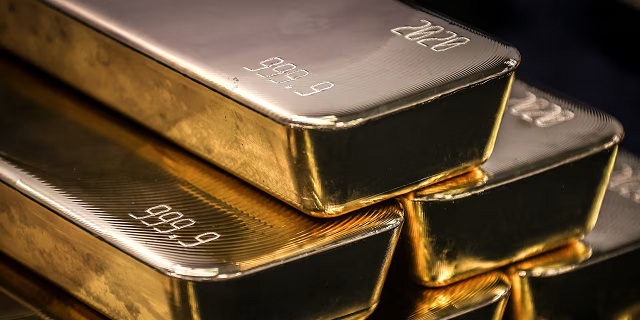
The Origins and Evolution of Futures Trading
Futures markets didn’t emerge from Wall Street boardrooms, they were born in the grain elevators and trading pits of the American Midwest.
The Chicago Board of Trade (CBOT), founded in 1848, is widely recognized as the world’s first organized futures exchange. Farmers and merchants needed a way to lock in prices for crops months before harvest, protecting themselves against unpredictable weather, surplus supply, or collapsing demand. The solution? A standardized contract: “I’ll sell you 5,000 bushels of wheat in December at $3.50 per bushel.” That’s a futures contract.
Over time, these contracts became tradable, not just between farmer and miller, but among speculators, brokers, and institutions. Today, futures markets span the globe and cover everything from cryptocurrencies to climate indices.

Major Futures Exchanges: Where the Action Happens
While dozens of exchanges exist worldwide, a few dominate global trading volume. Here’s a fact-checked list of the most influential — with context:
1. Chicago Mercantile Exchange (CME Group)
Fact: Formed through the 2007 merger of the Chicago Mercantile Exchange and the Chicago Board of Trade, CME Group is now the world’s largest derivatives marketplace.
It trades everything: S&P 500 futures, Eurodollar contracts, live cattle, Bitcoin futures, and more. The “Merc” was originally founded in 1898 to trade butter and eggs, a far cry from today’s electronic, trillion-dollar ecosystem.
2. Intercontinental Exchange (ICE)
Fact: ICE owns the New York Mercantile Exchange (NYMEX) and the New York Cotton Exchange, both now fully integrated under ICE Futures U.S.
NYMEX, once independent, is best known for energy futures, especially West Texas Intermediate (WTI) crude oil and natural gas. The New York Cotton Exchange, founded in 1870, was the first commodities exchange in New York City and remains active under ICE for soft commodities like cotton and sugar.
Correction: The original text listed “New York Mercantile,” “Chicago Board of Trade,” “New York Cotton Exchange,” and “Chicago Mercantile Exchange” as separate current entities. In reality, CBOT and CME merged in 2007; NYMEX and NYCE are now divisions of ICE. They still operate under those historic names but are not standalone exchanges.
3. Eurex (Europe)
Based in Frankfurt, Eurex dominates European derivatives, especially interest rate and equity index futures.
4. Tokyo Commodity Exchange (TOCOM) and Osaka Exchange (OSE)
Japan’s primary venues for precious metals, rubber, and Nikkei 225 futures.
5. Shanghai Futures Exchange (SHFE) and Dalian Commodity Exchange (DCE)
China’s powerhouses for industrial metals, iron ore, soybeans, and more — increasingly influential in global pricing.
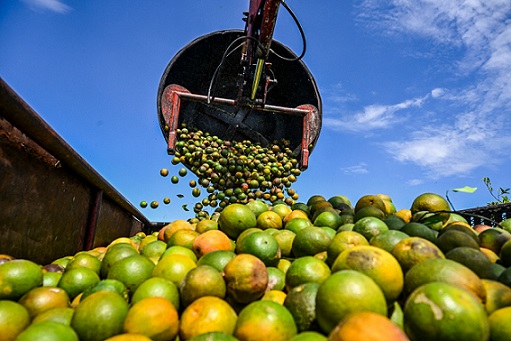
The Six Core Categories of Futures Markets — Expanded and Explained
Let’s break down each major futures category with verified facts, mechanics, and real-world examples.
1. Currency Futures (FOREX Futures)
While “FOREX” typically refers to the decentralized spot foreign exchange market, currency futures are exchange-traded contracts based on currency pairs.
How it works: A trader buys a futures contract agreeing to purchase euros with U.S. dollars at a fixed rate three months from now. If the euro strengthens against the dollar by then, the trader profits.
Major pairs traded:
- EUR/USD (Euro vs. U.S. Dollar)
- GBP/USD (British Pound)
- USD/JPY (Japanese Yen)
- AUD/USD (Australian Dollar)
Example: In early 2022, as the U.S. Federal Reserve signaled aggressive rate hikes, traders bought USD/JPY futures, betting the dollar would strengthen against the yen (which it did — reaching a 24-year high).
Fact: Currency futures were first introduced by the CME in 1972, shortly after the collapse of the Bretton Woods system ended fixed exchange rates.

2. Agricultural Futures
This is where futures began, and remain vital. Farmers, food processors, and commodity funds all use ag futures to manage risk.
Key contracts:
- Corn (ZC): Used for animal feed, ethanol, and human consumption.
- Soybeans (ZS): Crushed for oil and meal; heavily traded between U.S., Brazil, and China.
- Wheat (ZW): Global staple; prices swing with weather, war (e.g., Ukraine conflict), and export policies.
- Live Cattle (LE) and Feeder Cattle (GF): For meatpackers and ranchers.
- Coffee (KC), Cocoa (CC), Sugar (SB): Known as “soft commodities.”
Real-world example: In 2021, Brazilian droughts slashed coffee production. Speculators bought coffee futures, pushing prices to a 7-year high. Starbucks and other buyers scrambled to hedge their exposure.
Hedging in action: An Iowa corn farmer, worried about a bumper crop crashing prices in September, sells December corn futures in June. Even if spot prices collapse, his futures position offsets the loss.

3. Energy Futures
Energy futures are among the most volatile, and politically sensitive, markets in the world.
Major contracts:
- Crude Oil (CL): WTI Crude on NYMEX — the U.S. benchmark.
- Brent Crude (BZ): International benchmark, traded on ICE.
- Natural Gas (NG): Heavily influenced by weather and storage levels.
- Gasoline (RB) and Heating Oil (HO): Refined products with seasonal demand spikes.
- RBOB Gasoline: Reformulated blendstock for oxygenate blending, the standard U.S. gasoline contract.
Historic moment: In April 2020, WTI crude futures briefly traded at negative $37/barrel, the first time in history. Why? Storage capacity vanished during COVID lockdowns; traders paid others to take delivery.
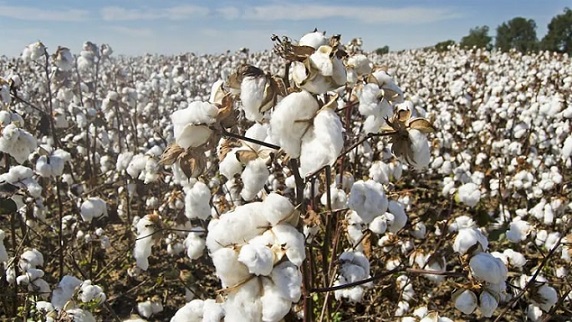
4. Interest Rate and Bond Futures
These are the “quiet giants” of the futures world, less flashy than oil or gold, but with enormous notional value.
Key contracts:
- U.S. Treasury futures: 2-Year (ZT), 5-Year (ZF), 10-Year (ZN), 30-Year (ZB)
- Ultra 10-Year (TN) and Ultra Bond (UB): For longer-duration exposure.
- SOFR Futures: Replacing LIBOR as the new benchmark for short-term rates.
- Eurodollar Futures (GE): Though being phased out, these were once the most traded contract globally — based on anticipated 3-month USD LIBOR rates.
Why they matter: Central bank policy shifts, like Fed rate hikes, ripple instantly through these markets. Hedge funds use them to bet on economic direction; banks use them to hedge loan portfolios.
Example: In 2023, as inflation fears mounted, traders sold 10-Year Treasury futures, pushing yields higher — signaling expectations of tighter monetary policy.
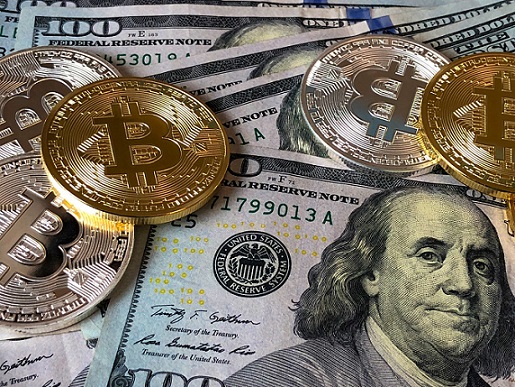
5. Food and “Soft” Commodity Futures
Beyond grains, the “softs” include tropical and consumer-driven goods.
Major contracts:
- Coffee (KC): Highly sensitive to Brazilian frosts and Vietnamese harvests.
- Cocoa (CC): Prices surged in 2024 due to crop disease in West Africa and chocolate demand.
- Sugar (SB): Affected by Brazilian ethanol policy (sugar cane can be diverted to fuel).
- Orange Juice (OJ): Yes, really. Florida freezes can send OJ futures soaring overnight.
- Cotton (CT): Used in apparel; influenced by global fashion demand and crop yields.
Fun fact: Orange juice futures gained pop culture fame in the 1983 movie Trading Places, where the protagonists manipulate the market using a forged USDA crop report.

6. Metals Futures
Precious and industrial metals serve as inflation hedges, industrial inputs, and speculative vehicles.
Precious Metals:
- Gold (GC): The ultimate safe-haven asset. Often rises during crises or dollar weakness.
- Silver (SI): More volatile than gold; used in both jewelry and solar panels.
- Platinum (PL) and Palladium (PA): Industrial metals used in catalytic converters.
Base/Industrial Metals:
- Copper (HG): “Dr. Copper” — seen as a leading economic indicator due to its use in construction and electronics.
- Aluminum (ALI), Nickel (NI), Zinc (ZK): Traded heavily on the London Metal Exchange (LME) and SHFE.
Historic event: In March 2022, nickel prices on the LME spiked over 250% in two days due to a short squeeze linked to Russia’s invasion of Ukraine — forcing the exchange to suspend trading and cancel $4 billion in trades.
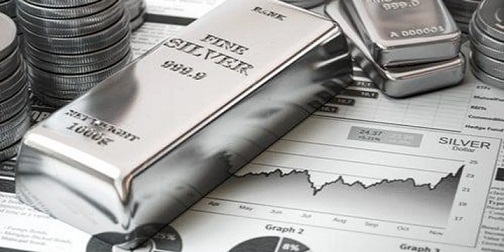
How Futures Contracts Actually Work: Mechanics Simplified
Every futures contract has standardized terms:
- Underlying asset: What’s being traded (e.g., 1,000 barrels of oil)
- Contract size: Fixed quantity (e.g., 5,000 bushels of wheat)
- Expiration date: When delivery or cash settlement occurs
- Tick size: Minimum price movement (e.g., $0.01 per bushel)
- Margin requirement: Collateral needed to open a position (typically 5–15% of contract value)
Two ways to exit:
1. Offsetting trade: Sell (if you bought) or buy (if you sold) an identical contract before expiration.
2. Hold to expiration: Settle in cash or take physical delivery (rare for speculators).
Important: Less than 2% of futures contracts result in physical delivery. Most are closed out or rolled over.
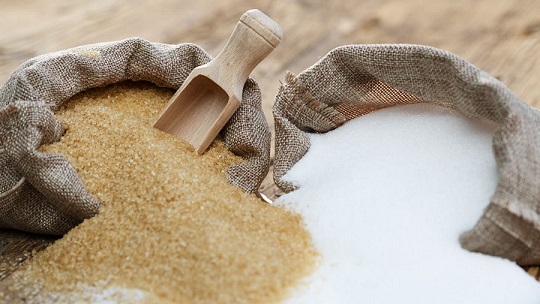
Risks and Rewards: Why Futures Are Not for the Faint of Heart
✅ Potential Rewards:
- Leverage: Control large positions with small capital (e.g., $5,000 margin to control $50,000 worth of gold).
- Liquidity: Major contracts trade millions of times daily — easy entry and exit.
- Diversification: Low correlation with stocks — useful for portfolio hedging.
- Transparency: Exchange-traded, regulated, real-time pricing.
Major Risks:
- Leverage cuts both ways: A 2% move against you can wipe out your margin.
- Volatility: Geopolitical events, weather, Fed announcements — prices can gap overnight.
- Margin calls: If your position moves against you, brokers demand more cash — or liquidate you.
- Complexity: Rolling contracts, contango/backwardation, basis risk — requires study.
Real loss example: In 2021, a Reddit trader lost $3.5 million in minutes trying to “short squeeze” silver futures — a stark reminder that retail traders face institutional algorithms and deep-pocketed players.

Getting Started: Education Is Non-Negotiable
Before placing a trade:
1. Paper trade first: Use simulated platforms (like TradingView, NinjaTrader, or broker demos).
2. Study contract specs: Know tick values, margin, hours, and expiration cycles.
3. Learn technical AND fundamental analysis: Charts matter — but so do USDA reports, OPEC meetings, and Fed minutes.
4. Start small: One contract. Then two. Never risk more than 1–2% of capital per trade.
5. Use stop-losses religiously: Protect yourself from runaway losses.
“The market can stay irrational longer than you can stay solvent.” — John Maynard Keynes (applies perfectly to futures).
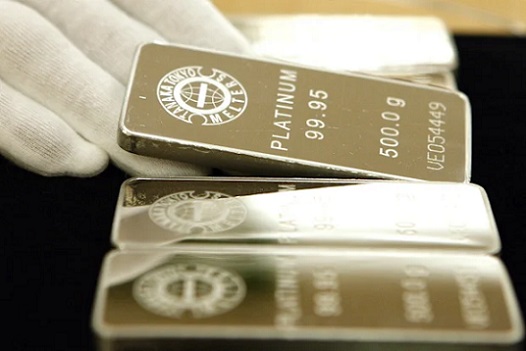
The Future of Futures: Trends to Watch
- Cryptocurrency Futures: Bitcoin (BTC) and Ethereum (ETH) futures are now mainstream on CME and ICE.
- ESG Futures: Carbon credits, renewable energy indices, and temperature contracts are emerging.
- Micro Contracts: CME’s Micro E-mini S&P 500 (MES) lets traders access indices with 1/10th the size — democratizing access.
- AI and Algorithmic Trading: Over 80% of futures volume is now driven by algorithms — retail traders must adapt.
Final Thoughts: Master the Market, Don’t Chase It
Futures trading is neither a shortcut to wealth nor a casino game, it’s a skill-based discipline rooted in economics, psychology, and risk management.
Success doesn’t come from predicting the future perfectly, it comes from managing your trades better than others manage theirs. Cut losses quickly. Let winners run. Stay humble. Keep learning.
The farmer who hedges his crop, the airline locking in jet fuel prices, the hedge fund betting on rate cuts, they’re all playing the same game, with different goals. Welcome to the arena.
Your next move? Open a demo account. Read the CME’s contract specs. Watch a crop report. Track oil inventories. Learn one market deeply before touching another.
The futures market doesn’t care about your hopes — only your discipline. Master that, and you master the game.
Sources & Fact-Checking References:
- CME Group: www.cmegroup.com
- Intercontinental Exchange (ICE): www.theice.com
- U.S. Commodity Futures Trading Commission (CFTC)
- Bloomberg, Reuters, Financial Times market archives
- “The Futures” by Emily Lambert (history of CBOT/CME)
- Federal Reserve Economic Data (FRED)
- USDA World Agricultural Supply and Demand Estimates (WASDE)
This guide is educational and not financial advice. Futures trading involves substantial risk of loss and is not suitable for all investors.

Beyond Stocks: The Real World of Futures Trading — History, Mechanics, and Modern Markets
Futures trading is an alternative method of investment presented to people to invest in. Just like any other form of investment, success requires that the investor get to know the market and the process of trading. Without the necessary knowledge in futures trading, it would be difficult for any investor to make money out of their investment capital effectively. They would even be risking their money from possible loss of investment. For starters, investors should know what futures trading is all about.
The simplest definition to understand about futures trading is that it is a type of trade wherein a type of commodity is being traded on a market with transactions noting a particular type of commodity sold and bought at a specified price and deliverable from a specified time in the future. What futures trading is all about can be summed up in a typical transaction between two parties. One party is a producer of a certain commodity while the other is the buyer. The producer offers the buyer a certain commodity deliverable in the future, let's say, six months from now. The buyer, who may be looking to ensure that he has ample supply of the said commodity in the future, would surely be interested.
Both parties then make up a contract wherein a specified amount of the commodity may be deliverable for a particular time in the future is agreed upon. That, in a nutshell, is what futures trading is about. For others, it might still be a little bit complicated to understand. But the essence of futures trading lies in the understanding between the commodity supplier and the buyer of the commodity. Sometimes during the course of time between the agreement and the time of delivery, the contract may change hands as the buyer may wish to trade the contract for other lucrative opportunities.

Futures Trading - Commodity
Futures trading started with grains such as wheat as the main commodity traded. Trading eventually comes to include other commodities such as lumber, crude oil, coffee and even orange juice. Precious metals such as silver, platinum and gold also have their own futures trading market. Futures trading transactions usually happen in places called future exchanges. They may operate much like the stock exchange.
Only this time, it is the commodities that are being traded instead of stocks. The futures exchange tries to standardize all of the futures contracts being traded in order to facilitate faster and more convenient liquidity upon the contract's expiry date.
The futures exchange trading floors are usually divided into certain pits or rings where traders stand facing each other.
Each ring has their designated type of traded futures contract.

Futures Trading - Investing
The exchange can house different futures trading for a variety of commodities. It can be quite common to see a pit trading wheat alongside a pit trading in crude oil and soybean. The futures exchange trading floor usually only allow members to trade and speculate. Non-members have to go through brokers or partners who hold memberships in order to trade. Just like any other type of investment, futures trading also has its own advantages and disadvantages. It takes a wise investor to first learn about the ins and outs of futures trading before venturing out into the opportunities that it may provide.
The Difference Between Down And Out
Stock Market - Difference Between Growth And Value
InternetBusinessIdeas-Viralmarketing Home Page
Tweet
Follow @Charlesfrize









New! Comments
Have your say about what you just read! Leave a comment in the box below.